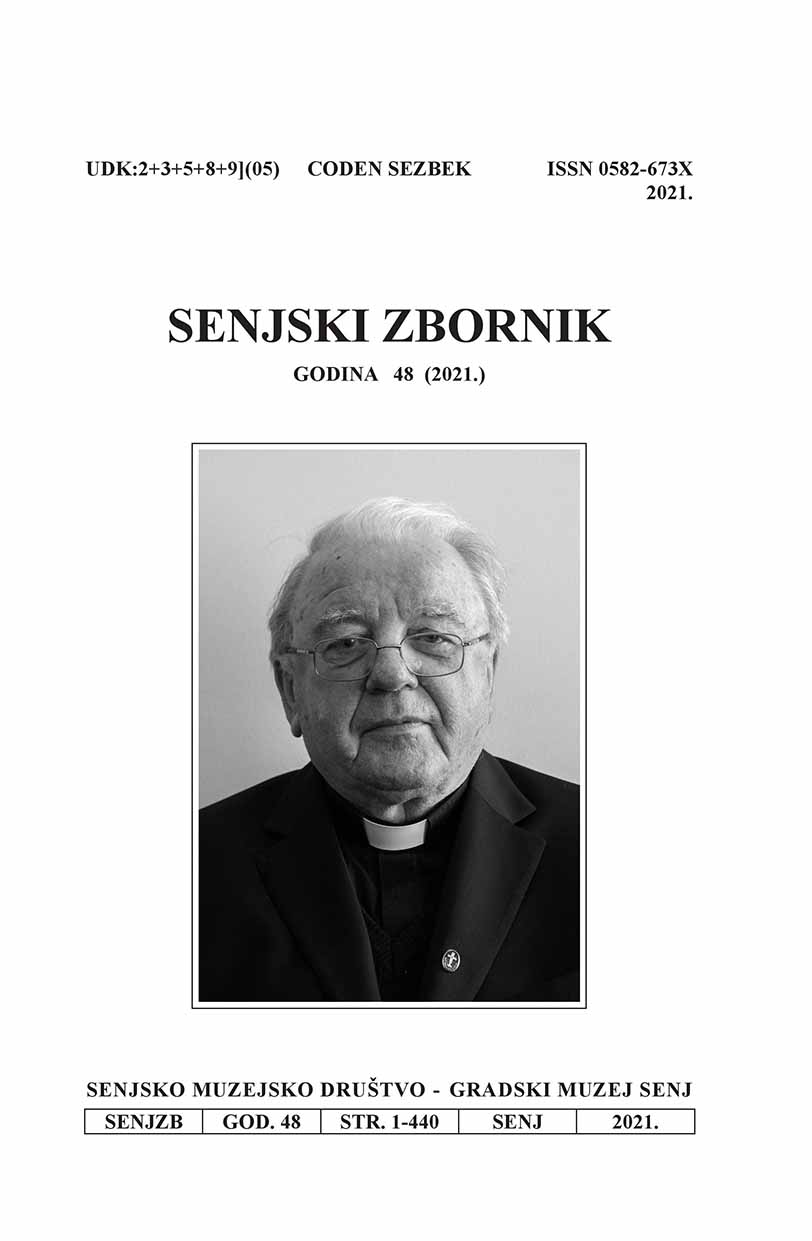GLAGOLJICA I ĆIRILICA PLODOVI SU DVIJU ODVOJENIH BIZANTSKIH MISIJA MEĐU SLAVENIMA
THE GLAGOLITIC AND CYRILLIC SCRIPTS ARE THE FRUITS OF TWO SEPARATE BYZANTINE MISSIONS AMONGST THE SLAVS
Author(s): Mile BogovićSubject(s): Christian Theology and Religion, Cultural history, Comparative history, 6th to 12th Centuries, Philology
Published by: Senjsko muzejsko društvo i Gradski muzej Senj
Keywords: Glagolitic; Cyrillic; rites; missionary schools; 1054 Schism; Byzantine Dalmatia; Macedonia;
Summary/Abstract: It is usually said and written that the Glagolitic and Cyrillic scripts were, in their origins, connected with the Moravian mission whose main protagonists were Constantine-Cyril and his brother Methodius. The author of this text considers that each of these two alphabets is related to one of two different missions in different areas and at different times. The Glagolitic script originated in the beginnings of the Christianisation of the Slavs in Croatia (Byzantine Dalmatia) and the areas around Solun-Thessaloniki (Macedonia), whilst the Cyrillic script is associated with the activities of the Holy Brothers Cyril and Methodius during the Moravian Mission (863-885). Both alphabets are the work of the same Byzantine missionary school, however, the Glagolitic script originated earlier from purely missionary needs, whilst the Cyrillic script originated during the strong state-political expansion of Byzantium amongst the Slavs during the "Great Byzantine Decade" (870-880). At the time of the Great Schism (1054), Rome would ask Glagolitic scribes or priests in the area of its jurisdiction in Croatia to accept the Roman or Latin rite. In Macedonia, the Glagolitic script lost all support and retreated everywhere before the Cyrillic script, and in the 12th century, it completely disappeared from the Byzantine rite. Being that both scripts were written for the same (Slavic) language, from the linguistic aspect, the connections between them continued, which can be noticed in Glagolitic and Cyrillic texts.
Journal: Senjski zbornik - prilozi za geografiju, etnologiju, gospodarstvo, povijest i kulturu
- Issue Year: 48/2021
- Issue No: 1
- Page Range: 7-28
- Page Count: 22
- Language: Croatian

